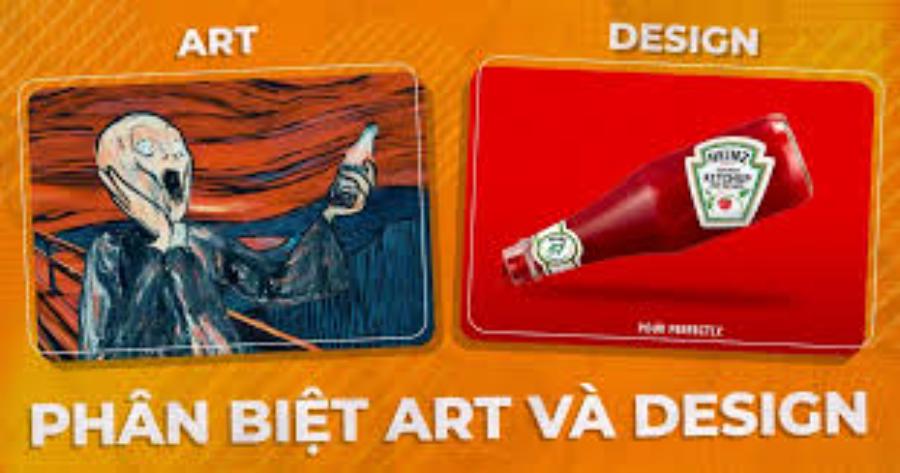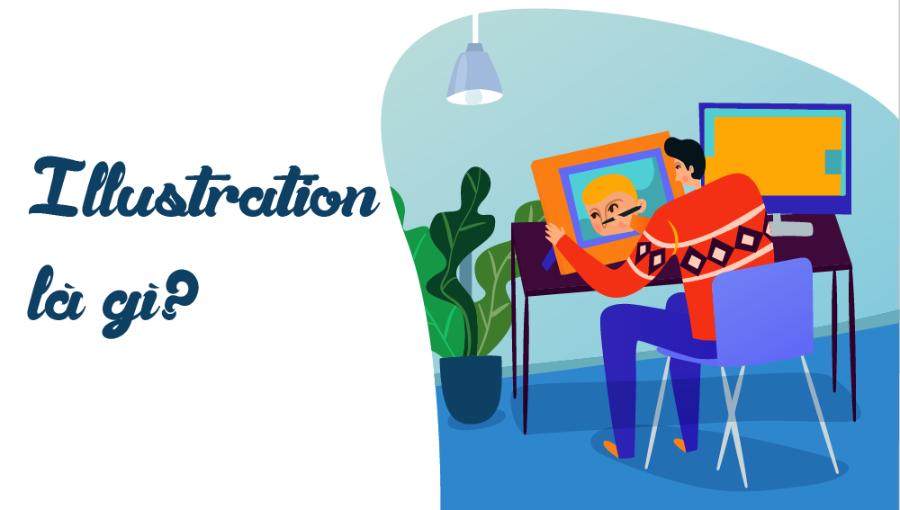Best Selling Products
The Difference Between Artist and Designer: Understanding Their Roles in Creativity
Nội dung
- 1. Basic definition of Artist and Designer
- 1.2 Designer
- 2. Creative goals and objectives
- 2.1 Artist's creative goals
- 2.2 Designer's creative goals
- 3. Creative process: Free or directed?
- 3.1 Artist's creative process
- 3.2 Designer's creative process
- 4. Creativity: Personal freedom or problem solving?
- 4.1 Artist's Creativity
- 4.2 Designer's Creativity
- 5. Application and use: Art for oneself or to serve society?
- 6. Final result: Individual work or collaborative product?
- 7. Conclusion
Learn the difference between Artist and Designer. Although both are creative people, they have completely different purposes and working methods. Let's explore the details through this article.

1. Basic definition of Artist and Designer
Artist and Designer are two related concepts but have different characteristics and goals. Despite the differences in goals and methods, both roles require creativity, aesthetic thinking and high professional skills to bring unique value to society.
1.1 Artist
An artist is a person who creates works of art with the goal of expressing their own personality, emotions, and opinions. An artist expresses their own emotions, ideas, and opinions through mediums such as painting, sculpture, music, or performance. An artist's work is not subject to commercial pressures or market demands.
.jpg)
Their art is created to convey a deep message or simply express unfettered creativity. The artist’s works are often abstract, free-flowing, and may not have a specific purpose other than expressing beauty or emotion.
1.2 Designer
In contrast, a Designer (or designer) is a person who creates products or images for a specific purpose, usually to solve a problem or meet a market need. The designer's work must consider aesthetics, functionality and accessibility for users. Designers aim to solve specific problems, create highly applicable products or solutions, and meet the needs of users or the market.
A Designer can work in fields like graphic design, product design, web design, interior design, etc. They not only create beautiful images but also ensure that their design products are effective in terms of communication and meet the requirements of the client or user.
2. Creative goals and objectives
The goal and purpose of an artist's creation is not only to express personal talent but also to convey meaningful messages, evoke emotions and create cultural values for the community.
2.1 Artist's creative goals
The creative goal of an artist is to express their individuality and explore the deeper aspects of life. Artists often create work out of passion and a desire to express feelings or thoughts that they want to share with the world. There is no specific requirement that their work conform to a certain standard, and artists are often able to pursue their creative freedom without worrying about the demands of others.
2.2 Designer's creative goals
The goal of a Designer is to create a product or image that solves a real problem for a client or consumer. While an artist may work for themselves or pursue their own interests, a designer must work with a clearer goal in mind – to meet the needs of a market or customer, making the product easy to use, accessible, and effective in conveying a message.
3. Creative process: Free or directed?
.jpg)
The creative process is a topic that has received much attention, especially in the fields of art, science and business. Creativity can take two main directions: free and directed. Free creativity allows individuals or groups to express ideas without being limited by frameworks, thereby inspiring and creating unexpected breakthroughs.
3.1 Artist's creative process
Artists’ creativity is often very free and unconstrained by external factors. Their creative process can last for a long time and sometimes without a specific plan. They can change their ideas many times during the creative process and are not bound by time or final product. Artists may not care about factors such as applicability or market demand, but focus on developing artistic ideas in the most natural way.
3.2 Designer's creative process
Meanwhile, the creative process of a designer usually has a clearer framework. They must start by analyzing the requirements from the client or market, defining specific goals and then developing ideas based on that information. This process can include user research, testing and design changes until the finished product is achieved. This helps designers create products that are not only beautiful but also useful and accessible.
4. Creativity: Personal freedom or problem solving?
.jpg)
Creativity is a core element in the development of human beings and society, and it can be viewed from many different perspectives. On the one hand, creativity reflects individual freedom, where each person can express their unique thinking and explore their own potential. On the other hand, creativity is also an important tool to solve complex problems, from challenges in daily life to great problems of humanity.
4.1 Artist's Creativity
Artists often express their creativity in a personal way and are not bound by anything other than their own emotions and ideas. Each of their works of art is a unique expression of their inner world, and may not follow any rules of popular design or aesthetics. Their creativity can be very abstract and sometimes difficult for the public to understand.
4.2 Designer's Creativity
Designers, while still creative, must base their creativity on solving a specific problem. Designers not only create beautiful products but also consider the usability, practicality and efficiency of the product. For example, in user interface (UI) design, designers need to think about how users will interact with the product, ensuring that the user experience is smooth and easy.
5. Application and use: Art for oneself or to serve society?
Art has long played an important role in human life, not only as a means of expressing personal emotions but also as a tool to serve social interests. For individuals, art helps people relieve stress, nourish the soul and stimulate creativity. However, when expanded to the social sphere, art becomes a bridge connecting the community, conveying humane messages and promoting positive change.
.jpg)
Use of the Artwork:
An artist's work is primarily intended for private or public enjoyment, and often has no specific purpose other than to convey an emotion, idea, or message. A painting, sculpture, or play may simply be a reflection of personal creativity, requiring no specific use other than to beautify the space in which it is displayed or to stimulate the viewer's imagination.
Design application:
On the contrary, design always has a clear purpose. A design product, whether it is a logo, website or product packaging, must serve a specific purpose such as increasing aesthetics, helping users easily access information, or promoting consumer action (purchase, registration, sharing, etc.). Designers need to ensure that their products are both beautiful and can bring real value to customers.
6. Final result: Individual work or collaborative product?
Artist output:
Artists’ work is often personal, and their work is their own. These works can be unlimited in size, genre, or purpose, and are often created for the artist’s own personal pleasure. Each work is an expression of self, freedom, and creative passion.
Designer output:
The result of design work is a finished product that can be used in a real-world environment, often the result of a close collaboration with other departments such as customers, marketing, manufacturing and consumers. Design must not only be beautiful but also meet practical factors such as usability, interactivity and efficiency.
7. Conclusion
Although both Artists and Designers are creative people, their work has distinct differences in purpose, creative process and end result. Artists create for personal creativity, to express their emotions and ideas, while designers create products with the purpose of solving practical problems and meeting market needs. By understanding this difference, we can appreciate and respect the efforts of both creative professions, each with its own value and role in society.












































